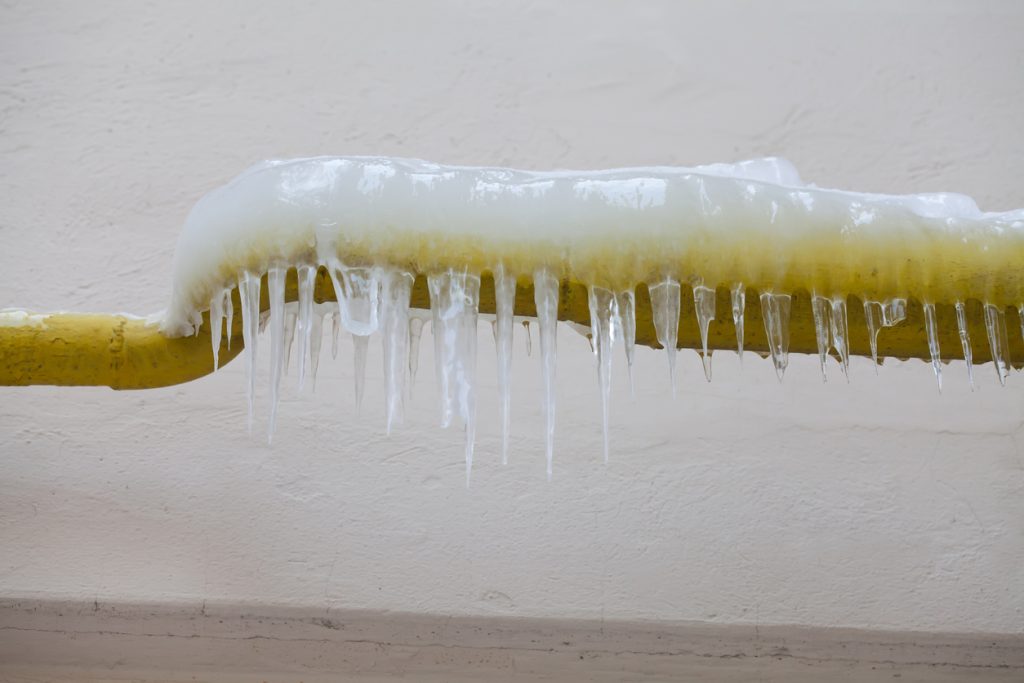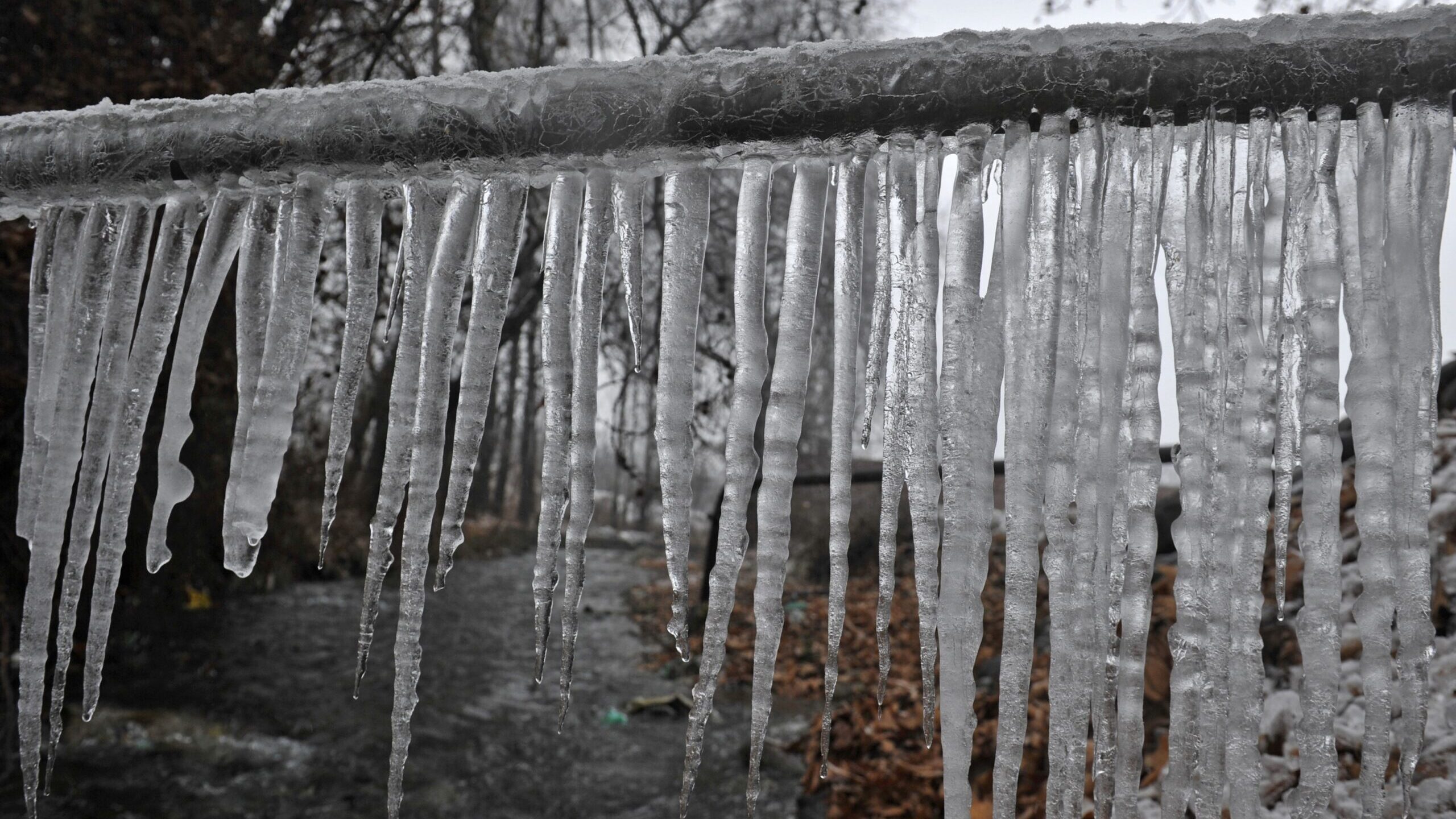How to Prevent Frozen Pipes in Cold Weather: Pro Tips
How to Prevent Frozen Pipes in Cold Weather: Pro Tips
Blog Article
On this page underneath you'll find a lot of good news relating to Winter Plumbing Precautions: Preventing Frozen Pipes.

Cold weather can ruin your pipes, particularly by freezing pipes. Here's exactly how to stop it from occurring and what to do if it does.
Introduction
As temperatures decline, the danger of icy pipes boosts, potentially causing expensive repairs and water damages. Comprehending how to stop icy pipelines is important for home owners in chilly environments.
Prevention Tips
Insulating susceptible pipes
Cover pipelines in insulation sleeves or use warmth tape to safeguard them from freezing temperature levels. Concentrate on pipelines in unheated or external locations of the home.
Home heating methods
Maintain indoor spaces appropriately warmed, specifically locations with pipes. Open cabinet doors to permit cozy air to circulate around pipes under sinks.
How to recognize icy pipes
Seek reduced water circulation from faucets, uncommon odors or noises from pipes, and visible frost on exposed pipelines.
Long-Term Solutions
Architectural changes
Think about rerouting pipes away from exterior walls or unheated locations. Add added insulation to attics, cellars, and crawl spaces.
Updating insulation
Buy top notch insulation for pipes, attics, and wall surfaces. Correct insulation helps preserve consistent temperature levels and decreases the threat of icy pipes.
Securing Outside Pipes
Yard hoses and outside faucets
Detach and drain pipes garden hoses prior to wintertime. Set up frost-proof spigots or cover exterior faucets with protected caps.
Comprehending Icy Pipelines
What creates pipelines to freeze?
Pipelines ice up when subjected to temperatures below 32 ° F (0 ° C) for expanded periods. As water inside the pipes ices up, it increases, putting pressure on the pipe wall surfaces and potentially triggering them to burst.
Risks and problems
Icy pipelines can lead to water interruptions, property damage, and costly repairs. Burst pipelines can flood homes and create substantial structural damage.
Signs of Frozen Pipeline
Identifying frozen pipelines early can prevent them from breaking.
What to Do If Your Pipes Freeze
Immediate actions to take
If you believe icy pipes, maintain taps open to ease stress as the ice thaws. Utilize a hairdryer or towels soaked in hot water to thaw pipes slowly.
Conclusion
Avoiding frozen pipelines calls for aggressive procedures and quick actions. By understanding the causes, indications, and preventive measures, property owners can secure their pipes throughout winter.
6 Proven Ways to Prevent Frozen Pipes and Protect Your Home
Disconnect and Drain Garden Hoses
Before winter arrives, start by disconnecting your garden hoses and draining any remaining water. Close the shut-off valves that supply outdoor hose bibs and leave the outdoor faucet open to allow any residual water to drain. For extra protection, consider using faucet covers throughout the colder months. It’s also important to drain water from any sprinkler supply lines following the manufacturer’s directions.
Insulate Exposed Pipes
Insulating your pipes is an effective way to prevent freezing. Pipe insulation is readily available at home improvement stores and is relatively inexpensive. Pay close attention to pipes in unheated areas such as the attic, basement, crawl spaces, or garage. Apply foam insulation generously to create a buffer against the cold. You can also wrap your pipes in heat tape or thermostat-controlled heat cables for added warmth.
Seal Air Leaks
Inspect your home for any cracks or openings that could let in cold air. Seal any holes around the piping in interior or exterior walls, as well as the sill plates where your home rests on its foundation. Additionally, make sure to keep your garage door closed unless you’re entering or exiting. Leaving it open creates a significant air leak that can lead to frozen pipes.
Allow Warm Air Circulation
During cold snaps, it’s essential to allow warm air to circulate evenly throughout your home. Leave interior doors ajar to promote better airflow. Open kitchen and bathroom cabinets to help distribute heat consistently around the rooms. If you have small children or pets, be sure to remove any household chemicals or potentially harmful cleaners from open cabinets for safety.
Let Faucets Drip
A small trickle of water can make a big difference in preventing ice formation inside your pipes. When temperatures drop significantly, start a drip of water from all faucets served by exposed pipes. This continuous flow helps prevent the water from freezing. Additionally, running a few faucets slightly can relieve pressure inside the pipes, reducing the chances of a rupture if the water inside does freeze.
https://choateshvac.com/6-proven-ways-to-prevent-frozen-pipes-and-protect-your-home/

We were made aware of that write-up on How To Avoid Freezing Pipes from a buddy on another web address. Sharing is nice. Helping others is fun. We enjoy your readership.
Try Here Report this page